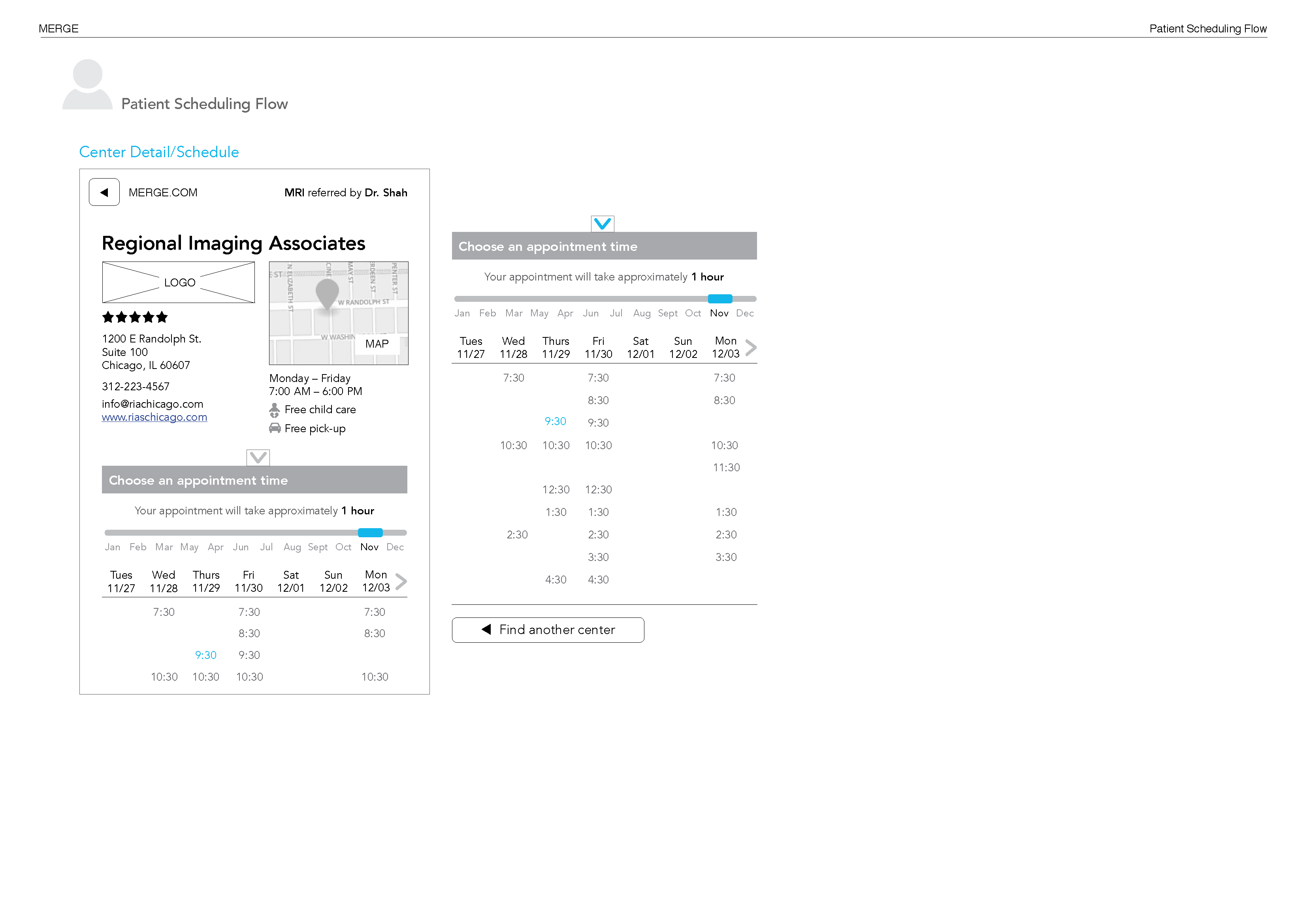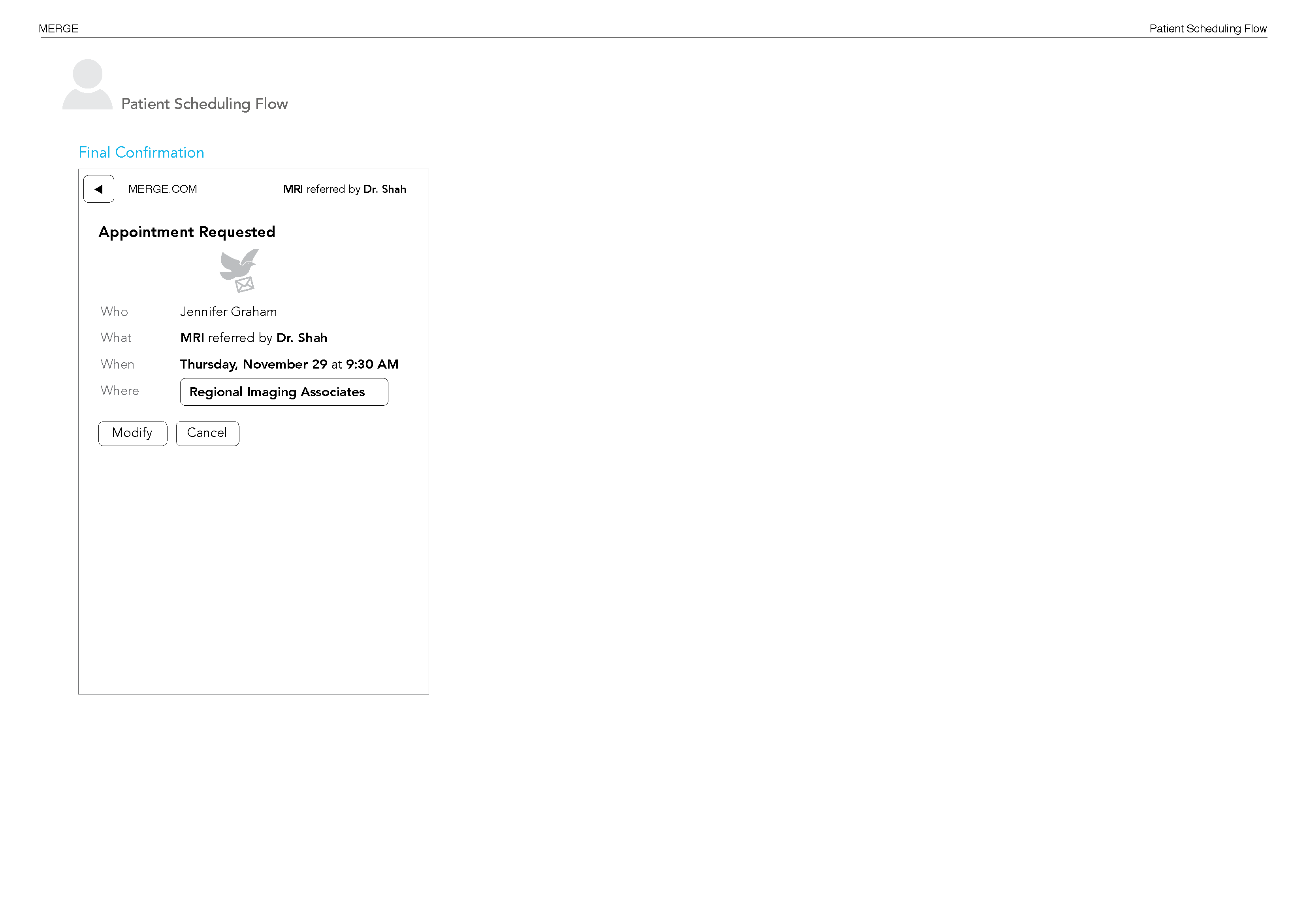
Website and Portal Design
HCSC was looking to streamline it’s business across their full customer program, I organized a lean team to design and build new tools to make it happen. Senior stakeholders at HCSC had decided to establish a lean product management office, separating the department into two verticals, Design and Delivery.
Goal
The primary goal was to provide better visibility into its entire portfolio, and to standardize the tools, processes, and practices to exchange lessons learned. We used a new customer-focused initiative to drive personas, journeys and a pilot mobile application as the MVP for testing HCSC’s capabilities.
Approach
HCSC knew that it wasn’t serving its customers with the latest and greatest technology had to offer. We new we needed to modernize, refine, and create unity for a new customer experience. There was also a drive to redefine the responsive customer portals at the same time as we were looking at the mobile application in order to create consistency between components and design standards.

We started by evaluating the steps in the full member journey, across the entire brand, including call center interactions, inbound and outbound messaging, offline messaging, and existing mobile interfaces.
We also evaluated patterns across all the touchpoints:
- Physician
- Physician’s scheduler
- Website for researching centers
- Yelp
- Rate MD
- Individual center website, etc.
- Radiology scheduler
- Insurance agent
- Websites for researching procedure
- Web MD
- Wikipedia
- New York Times Health, etc.
- Check-in desk
- Consultation/Pre-exam staff
- Technician
- Radiologist (though not in most cases)
- Billing department
We continued to evaluated the primary mission and goal identified from interviews, shadowing and other quantitative/qualitative methods. The priority for this phase was to optimize the user’s flow and capitalize on each personas pain points, micro-moment, and decision throughout the journey.
We then built personas for each of the primary customer to establish a stronger basis for the strategy we were starting to grow.
Continued Persona development along the customer journey which humanized the data and effort from prior research.
User flows were developed from the journeys, progressing the strategy into visible products that were both influencing and driving the roadmap effort.
*These are one flow for samples of the work done
Once we began the visual design phase, our approach focused on a calmer, more open experience which isn’t new to the healthcare industry. We used a combination approach of mood boards and style tiles to test the “feel of the experience” before we committed to specific direction. We crafted special in-flight direction presentations to discuss how these new designs were impacting the larger HCSC ecosystem. Since they had to build unity as a team our documentation was focused on instructing and empowering them to leverage the systems we had put in place.

The end result of our product was something which was light and minimal but not devoid of color or personality. If the product was a car it would be a luxury crossover. Capable, durable, big enough to fit multiple people but still offers a quiet ride. The content the site offered needed to be diverse, flexible, and adaptable. In other words we needed a visual system which could indicate multiple levels of content priority, display/hide all levels of content, and be as complex or as simple as the user required. Both desktop and mobile should “speak” the same language for the most part. All future HCSC product design would derive from the style guide we created and handed off at the end of the project. A sketch file with all symbols and styles attached into a “sticker sheet” of sorts.
The final deliverable was the beginnings of implementing a larger design system into the HCSC culture. There was a large shift happening inside the company from waterfall to agile development and our goal was to set out early to show them the benefits of a design system early on in their transitioning.

Ryan Dodd
Intuitive, user-centered experiences aiming for delight and empowerment




















